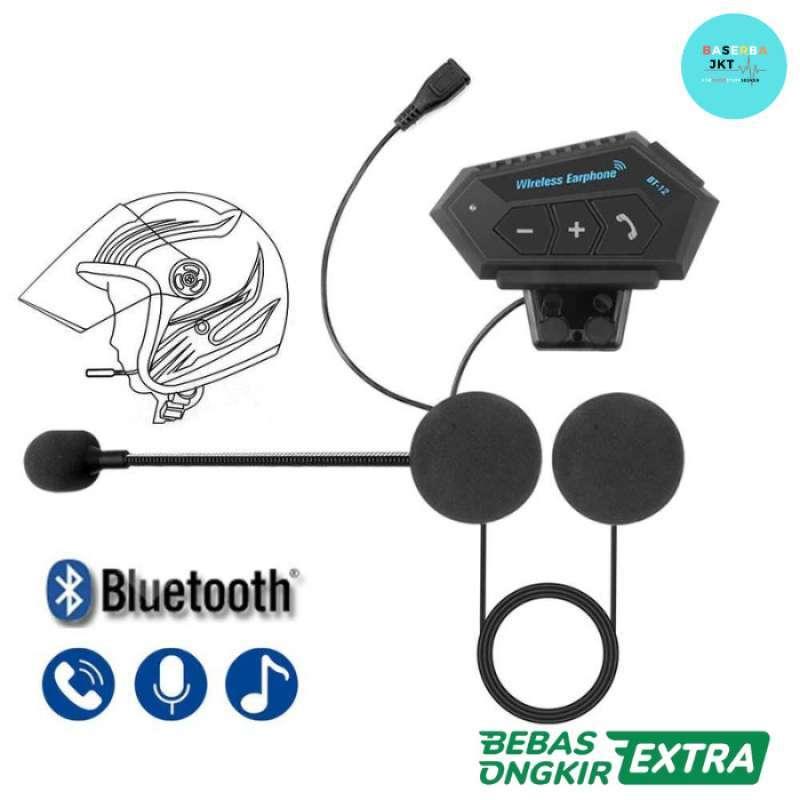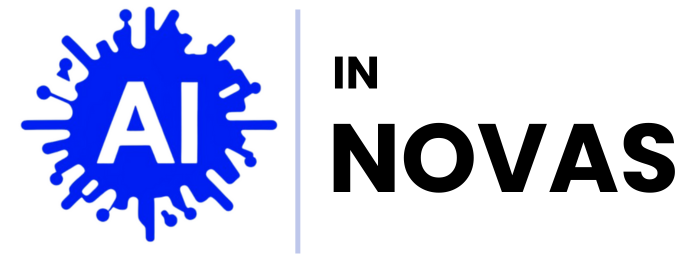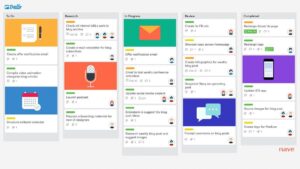In today’s fast-paced digital landscape, where customer expectations soar to new heights, the choice of a customer support platform can significantly impact the way businesses engage with their clients. Two titans of the industry, Intercom and Zendesk, stand at the forefront, each offering unique capabilities that cater to different customer needs and organizational goals. Whether you’re a startup aiming for personal connections or an established enterprise focused on scalable solutions, the decisions you make today will shape the customer experience of tomorrow. In this article, we’ll delve into the distinct features, advantages, and potential drawbacks of Intercom and Zendesk, helping you uncover which platform aligns best with your vision of exceptional customer support. Join us as we navigate the intricate world of customer engagement and empower you to choose the right tool for your business success.
Understanding the Core Features of Intercom and Zendesk
Intercom and Zendesk are two heavyweights in the customer support arena, each offering a range of features designed to enhance user experience and streamline communication. Intercom focuses heavily on proactive customer engagement through its live chat and automated messaging capabilities. Users can benefit from features like targeted customer segmentation, which allows businesses to tailor messages based on user behavior, and rich in-app messaging tools that facilitate real-time interactions. Additionally, the platform’s robust analytics help you track customer journeys and understand user needs better, ultimately enabling personalized support and faster resolution times.
On the other hand, Zendesk shines with its ticketing system and comprehensive knowledge base. This platform is designed to handle customer inquiries through various channels, including email, social media, and phone, all centralized in a single interface. Features such as customizable dashboards and performance metrics allow teams to monitor their efficiency and adapt strategies accordingly. Zendesk also promotes collaboration among support agents with its internal notes and tagging options, ensuring that no customer request falls through the cracks. Here’s a quick comparison of key attributes:
| Feature | Intercom | Zendesk |
|---|---|---|
| Live Chat | ✅ | ✅ |
| Automated Messaging | ✅ | ❌ |
| Ticketing System | ❌ | ✅ |
| Knowledge Base | ❌ | ✅ |
| Analytics | ✅ | ✅ |

Evaluating Pricing Structures and Value for Investment
When considering customer support platforms like Intercom and Zendesk, evaluating their pricing structures is crucial to determine their overall value for your investment. Intercom operates on a tiered pricing model that scales with your business needs, which means you can choose a plan based on the features and number of users that align with your operational requirements. Their costs can quickly add up as you add advanced features, but many businesses find the return on investment justifies the expense. The platform’s live chat and automated messaging capabilities often translate to higher engagement and customer satisfaction, potentially reducing churn and improving revenue.
On the other hand, Zendesk offers a more straightforward pricing strategy that typically includes a suite of features bundled into each plan. Their various tiers cater to businesses of different sizes and needs, making it easier for users to anticipate costs as they scale. Below is a comparison of their starting prices and key features:
| Platform | Starting Price | Key Features |
|---|---|---|
| Intercom | From $39/month |
|
| Zendesk | From $19/month |
|
Ultimately, the choice between Intercom and Zendesk boils down to your specific needs, the complexity of your customer interactions, and how each platform’s pricing aligns with your budget. Keeping track of not just the costs but also the potential impact on your customer support strategy will help ensure you make an investment that pays dividends in satisfaction and loyalty.

Integrating with Existing Tools: Flexibility and Compatibility
When evaluating Intercom and Zendesk, one of the key aspects to consider is how well each platform integrates with your existing tools. Both platforms boast numerous integrations that enhance their functionality and ensure seamless workflows. Intercom particularly shines with its ability to connect with a variety of marketing, CRM, and e-commerce platforms. This allows businesses to leverage their existing systems effortlessly, enabling a more cohesive customer journey. Some popular integrations include:
- Slack: For instant team communications
- Shopify: To manage customer interactions directly from your e-commerce platform
- HubSpot: For nurturing leads and tracking customer engagement
On the other hand, Zendesk also offers a robust integration ecosystem that can be tailored to meet the unique needs of different organizations. With its extensive API capabilities, Zendesk allows companies to build custom applications or connect existing ones. Additionally, it supports integrations with other helpdesk and support tools, making it an excellent choice for businesses looking for versatility. Some notable integrations include:
- Salesforce: For comprehensive customer relationship management
- Mailchimp: To automate email campaigns based on support inquiries
- Zapier: For connecting with over 2,000 apps without any coding knowledge
Here’s a quick comparison highlighting integration capabilities:
| Feature | Intercom | Zendesk |
|---|---|---|
| Pre-built Integrations | Extensive | Extensive |
| Custom API Access | Yes | Yes |
| Marketplace Support | Available | Available |
| Ease of Integration | High | High |

Analyzing Customer Feedback and Support Performance
When it comes to evaluating customer feedback, both Intercom and Zendesk offer robust mechanisms that can greatly enhance support performance. Intercom’s real-time messaging and intuitive surveys allow businesses to capture customer sentiments instantly, creating an interactive feedback loop. This capability is vital, as it enables organizations to address concerns proactively and improve customer satisfaction on the spot. Moreover, Intercom’s AI-powered analytics provide insights into customer trends, helping teams identify both pain points and opportunities for improvement.
On the other hand, Zendesk shines with its comprehensive reporting tools that turn customer feedback into actionable data. Users can leverage customizable metrics and key performance indicators to gauge support efficiency and customer satisfaction. With features like customer satisfaction (CSAT) surveys and net promoter scores (NPS), Zendesk allows businesses to delve into detailed analyses of their support teams’ performance. This structured approach not only aids in recognizing strengths and weaknesses but also fosters an environment of continuous improvement within customer support operations.
| Feature | Intercom | Zendesk |
|---|---|---|
| Real-time Feedback | Yes | No |
| Customizable Reporting | No | Yes |
| AI Analytics | Yes | No |
| CSAT Surveys | No | Yes |
To Conclude
In the ever-evolving landscape of customer support, choosing the right platform can feel akin to navigating a maze—each turn promising the potential for improved customer satisfaction, yet fraught with its own unique challenges. As we’ve explored the capabilities of Intercom and Zendesk, it’s clear that both platforms bring their own set of strengths to the table.
Intercom dazzles with its emphasis on real-time communication and personalized customer engagement, making it an ideal choice for businesses looking to foster strong relationships in a digital-first world. On the other hand, Zendesk stands tall with its comprehensive suite of tools and robust support capabilities, perfectly suited for organizations focused on scalability and efficiency.
Ultimately, the decision hinges on your specific needs, business size, and customer expectations. Consider what best aligns with your goals—whether it’s innovative messaging, extensive ticketing systems, or perhaps a blend of both.
As you weigh your options, remember that the best customer support platform is not just about features; it’s about creating meaningful connections and enriching customer experiences. With the insights provided, you are now armed to make the choice that propels your customer support strategy forward into a realm of possibilities. Whichever path you choose, may it lead you to happier customers and successful resolutions.





Pingback: Intercom vs. Zendesk: Which Customer Support Tool Fits Your Business? - AI in Novas
Pingback: Help Scout vs. Zendesk: Evaluating Customer Support Solutions - AI in Novas